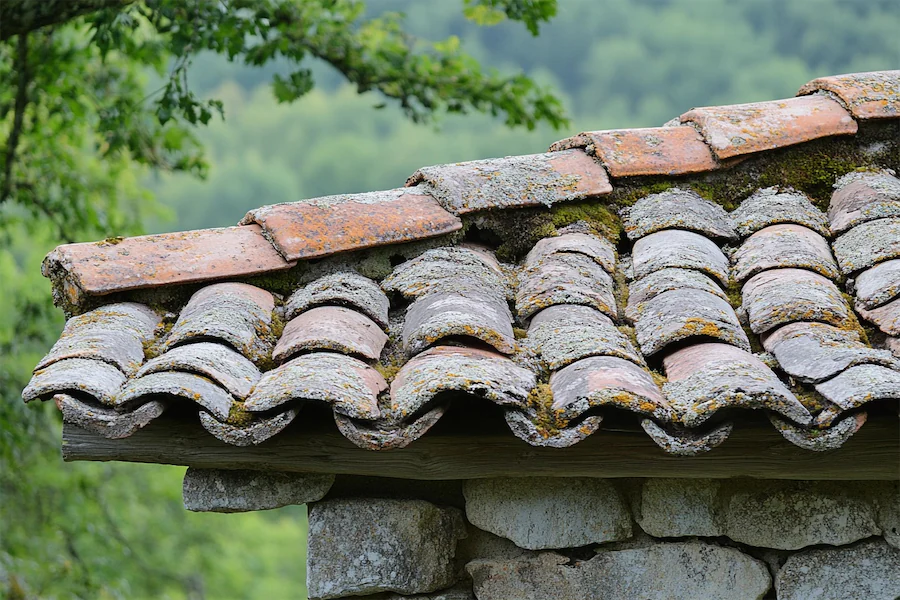Rustic roofs are designed to evoke the charm and simplicity of traditional, rural architecture. They emphasize natural materials and textures, creating a warm and inviting aesthetic that connects buildings to their surroundings. This style is popular in residential homes, cabins, and farmhouses, where a cozy and authentic atmosphere is desired.
History and Origins of Rustic Roofs
The rustic roofing style has its roots in the vernacular architecture of rural communities worldwide. Historically, local materials such as wood, thatch, and stone were used due to their availability and practicality. These materials not only provided shelter but also harmonized with the natural environment, reflecting a deep connection between dwellings and their landscapes.
Key Features of Rustic Roofs
- Natural Materials: Utilizing materials like wood shingles or shakes, rustic roofs offer a natural appearance that blends seamlessly with the environment. Cedar and redwood are common choices, aging gracefully to a silvery-gray patina over time.
- Textured Appearance: The use of hand-split shakes or rough-sawn timber provides a textured, uneven surface that enhances the rustic aesthetic. This irregularity adds character and a sense of history to the structure.
- Earthy Tones: Rustic roofs often feature colors that mimic natural elements, such as browns, grays, and greens, helping the building integrate with its surroundings. Metal roofing options with rustic finishes are also available, offering durability while maintaining a traditional look.
Applications of Rustic Roofs
- Residential Homes: Homeowners seeking a cozy, traditional feel often opt for rustic roofing materials to enhance the character of their houses. This style is particularly popular in rural settings and suburban areas aiming for a country ambiance.
- Cabins and Lodges: In natural settings, such as forests or mountains, rustic roofs complement the environment, making structures feel like an extension of the landscape. The use of natural materials helps these buildings blend into their surroundings.
- Farmhouses and Barns: Agricultural buildings traditionally used rustic roofing for its practicality and the availability of local materials. Today, this style is often replicated to preserve historical authenticity or achieve a pastoral aesthetic.
Considerations When Choosing Rustic Roofs
- Maintenance: Natural materials like wood require regular upkeep to prevent issues such as rot, mold, or insect infestation. Treatments and finishes can help prolong the lifespan of the roof, but homeowners should be prepared for ongoing maintenance.
- Durability: While aesthetically pleasing, materials like wood shingles may have a shorter lifespan compared to modern alternatives. However, metal roofing products designed to mimic the rustic look can offer enhanced durability and lower maintenance requirements.
- Climate Suitability: In areas prone to wildfires, wood roofing materials may pose a higher risk. It’s essential to consider local climate conditions and opt for fire-resistant materials or treatments when necessary.
Conclusion
Rustic roofs provide a timeless and natural aesthetic that appeals to those looking to create a warm and inviting atmosphere. By embracing traditional materials and designs, these roofs connect buildings to their environments and heritage. However, it’s crucial to consider factors like maintenance, durability, and climate suitability to ensure the chosen roofing material meets both aesthetic desires and practical needs.
